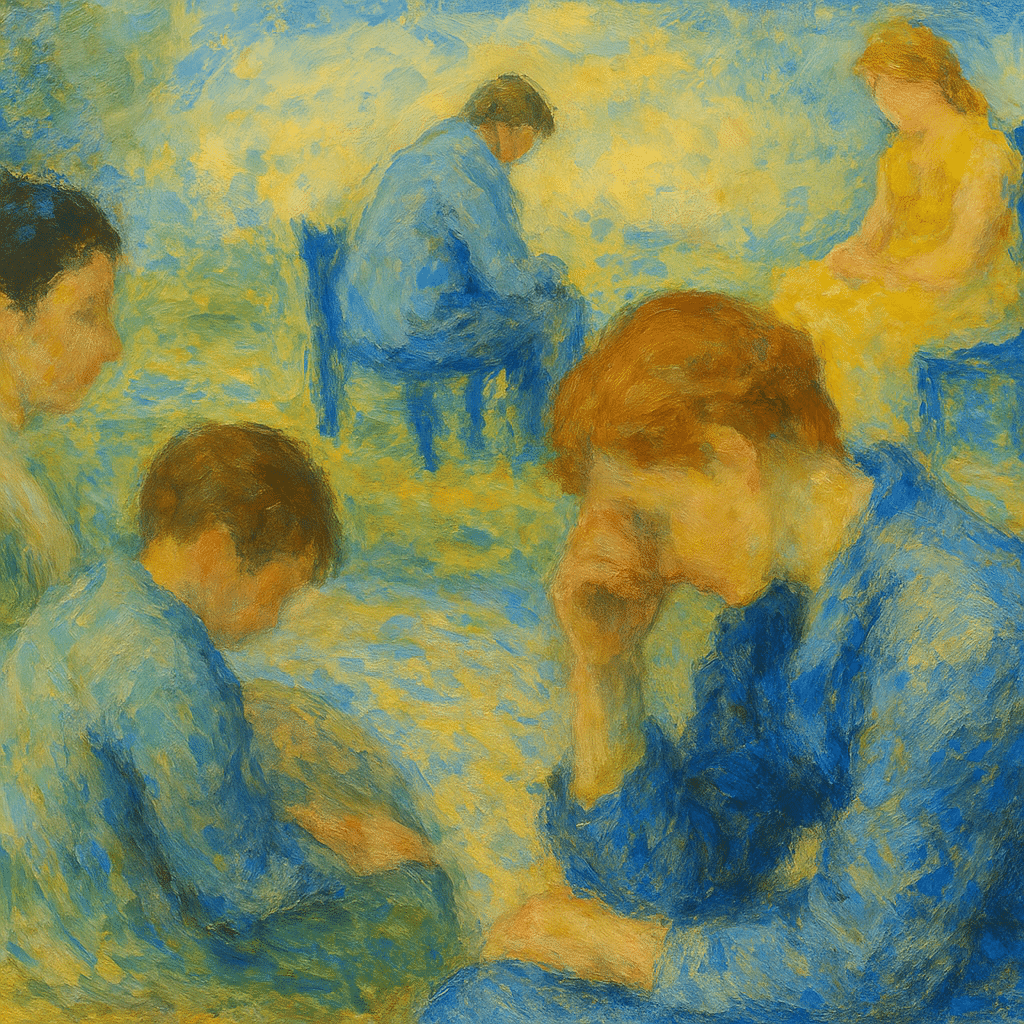The experience of post-traumatic stress disorder (PTSD) isn’t limited to reliving painful memories; it’s about surviving relentless emotional storms. When trauma and mental pain feel overwhelming, it’s natural to seek relief or escape in whatever way you can. For many people, that escape comes in the form of drugs or alcohol.
If you’ve found yourself turning to drug use or drinking in moments of distress, you’re not alone — and it isn’t your fault. In fact, the link between PTSD and substance use disorders is a reflection of a deep survival instinct where the brain is trying — imperfectly — to protect itself from overwhelming distress.
The good news is that there’s hope. With compassionate, specialized treatment, a supportive community, and a commitment to recovery, individuals struggling with both PTSD and substance use issues can heal. STR Silver Pines in Pennsylvania is here to help you recover what matters.
PTSD + SUD: A Look at the Numbers
Scientific and population studies consistently show a strong link between PTSD and substance use disorder (SUD), with high rates of co-occurrence across diverse groups — highlighting how trauma and addiction often develop and persist together.
- Among individuals diagnosed with PTSD, 30% to 60% also meet criteria for an alcohol or drug use disorder — showing how common the co-occurrence of PTSD and substance use can be (U.S. Department of Veterans Affairs, National Center for PTSD, n.d.).
- Among individuals already in treatment for substance use disorders, 30% to 50% have experienced PTSD at some point in their lives (Back et al., 2021).
- In trauma-focused healthcare settings — such as trauma centers — 62% to 79% of clients with elevated PTSD symptoms also have alcohol or drug use issues (Hoffberg et al., 2022).
Why PTSD + Addiction Often Co-Exist
Self-medication is a common response to emotional pain. Drugs or alcohol can numb memories, ease anxiety, and temporarily help you feel safe again. Over time, though, this relief fades, and the cycle deepens.
Trauma triggers — like a sound, memory, or emotion — can ignite cravings, making relapse more likely. One systematic review found that PTSD symptoms, especially intrusive memories, were linked to higher cravings across alcohol, cannabis, tobacco, and other substances (Flanagan et al., 2021).
It’s not just about coping — it’s the brain’s attempt at survival. Unfortunately, the relief drugs or alcohol bring is temporary and can deepen the cycle of distress.
Why Dual Diagnosis Treatment Makes All the Difference
Integrated treatment for PTSD and SUD is generally better for long-term outcomes because it addresses both conditions at the same time, which prevents the untreated disorder from undermining recovery from the other.
Recent research highlights promising results from integrated treatment models, where PTSD therapy and addiction treatment are offered together:
- One large randomized clinical trial found that integrating these treatments led to meaningful reductions in both PTSD symptoms and alcohol use, with improvements in PTSD still evident nine months after treatment ended (Watkins et al., 2018).
Key reasons why integrated treatment can be transformative:
- Breaks the cycle of symptoms feeding into each other – When PTSD isn’t treated, symptoms like flashbacks, anxiety, and insomnia can trigger drug or alcohol cravings or relapse. If substance use isn’t addressed, it can worsen PTSD symptoms, make therapy less effective, and delay emotional healing. Treating both together interrupts this cycle.
- Improves treatment engagement + retention of skills learned in therapy – Individuals are more likely to stay in treatment when both their trauma-related distress and substance-related struggles are being addressed in the same program — with one team and one plan. This approach makes it easier for clients to stay committed to treatment.
- Supports healthier coping strategies – Integrated therapy teaches alternative ways to handle trauma triggers without relying on alcohol or drugs. Over time, this makes people less vulnerable to relapse, even when life stressors appear months or years later.
- Prevents relapse from “unfinished business” – If an individual completes addiction treatment but their PTSD symptoms remain untreated, those unresolved symptoms often lead them back to using substances to cope. Addressing trauma head-on lowers this risk.
Read more: What is Dual Diagnosis + Why Is it Important?

Silver Pines
Dual Diagnosis Treatment in Pennsylvania
With expert-led care for co-occurring disorders, we equip clients with essential life skills, coping strategies, and self-awareness for lasting recovery.
Watch the video to learn more.
You Deserve Recovery + Relief
PTSD and addiction aren’t moral failures — they’re signals of deep hurt that deserve care and compassion. If you or someone you love is struggling with PTSD and substance abuse issues, know this: seeking help isn’t a sign of weakness. It’s the bravest step you can take towards recovering your life.
STR Silver Pines offers dual diagnosis treatment in Pennsylvania that’s rooted in evidence-based care, compassion, and whole-person healing.
Reach out to our admissions team today to learn more about our program and how we can help you or your loved one take the first step toward lasting recovery.
References
- Back, S. E., Gros, D. F., McCauley, J. L., Flanagan, J. C., Cox, E., Barth, K. S., … Brady, K. T. (2021). Co-occurring substance use disorders and posttraumatic stress disorder: Current trends and treatment approaches. Current Psychiatry Reports, 23(4), 21.
- Hoffberg, A. S., Segar, J., Brenner, L. A., & Stanley, I. H. (2022). Rates of posttraumatic stress disorder and substance use disorder among trauma center patients: Implications for screening and intervention. Trauma Surgery & Acute Care Open, 7(1), e000913.
- U.S. Department of Veterans Affairs, National Center for PTSD. (n.d.). PTSD and substance use disorders in veterans.
- Flanagan, J. C., Korte, K. J., Killeen, T. K., Back, S. E., & Brady, K. T. (2021). PTSD and substance use: Understanding the nature of the relationship to inform treatment. Frontiers in Psychiatry, 12, 786664.
Contact Us
Take the first step toward recovery today. Call now to connect with a compassionate team member who will answer your questions and guide you through the admissions process.
Prefer we reach out to you? Complete our contact form, and we’ll be in touch soon.
Admissions






